That’s the one constant I’ve noticed of all the many places I’ve traveled and lived all over the world. When the tourists and backpackers get wind of the next international hot spot and start coming in droves, the place is bound to change – and not usually for the better. I’ve seen it happen virtually overnight with the charming village of San Juan Del Sur, Nicaragua, the once-beautiful and serene island of Boracay in the Philippines, and the chill seaside city of Nha Trang in Vietnam.
Dumaguete is changing, too. The small city that feels like a town in the central Philippines has a reputation as being more green, friendly, and laid back than other destinations, and that’s why I moved here last year, too. But it’s also what’s drawing more and more expats, retirees, and vacationers, as well as Filipinos from surrounding provinces and cities that are looking for job opportunities in the growing city.
Maybe Dumaguete’s fate was both established and sealed when Forbes Magazine named it one of the top five budget friendly places to retire in the world in a 2014 article?
However, it seems like our little Dumaguete is getting more crowded and congested every few weeks, and already it’s experiencing growing pains.
That being said, today, I wanted to both remind people what Dumaguete used to be, and what makes it such a special place by sharing vintage photos of the community spanning back decades and even more than a century.
I find these photos fascinating and, together, they add up to a visual history of Dumaguete’s evolution.
It also reinforces something I’ve learned along the way: it’s never too early to start feeling nostalgic.
-Norm :-)
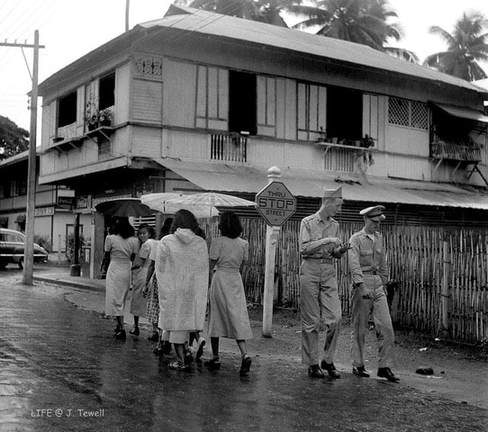
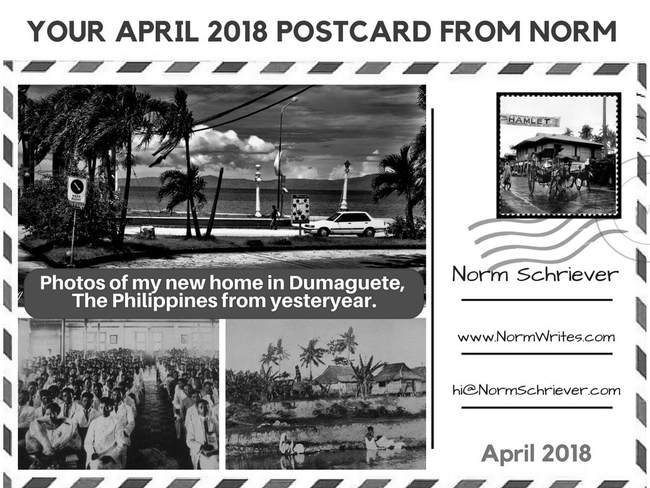
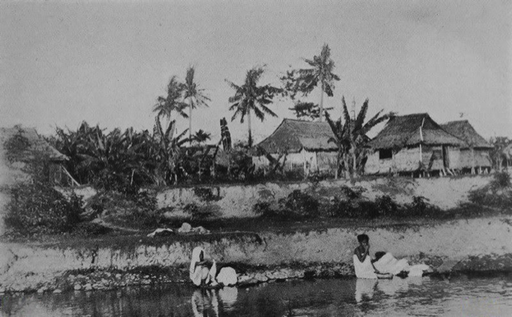

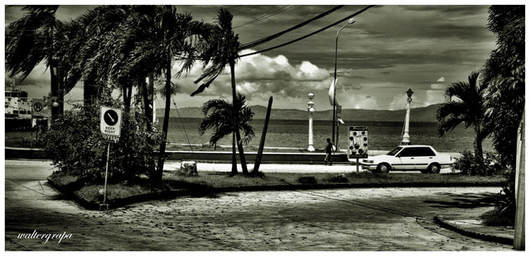
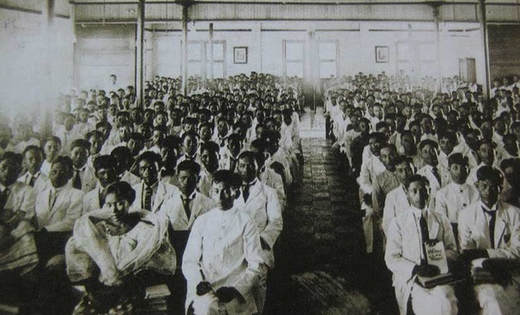
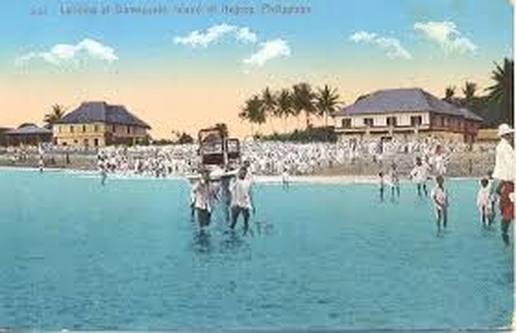
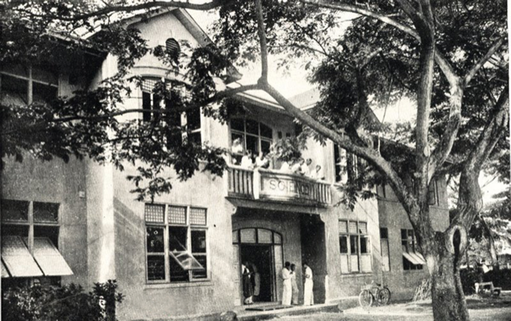

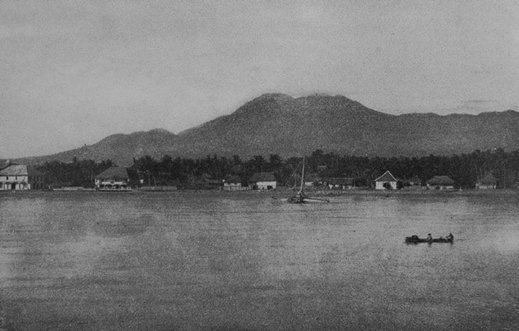
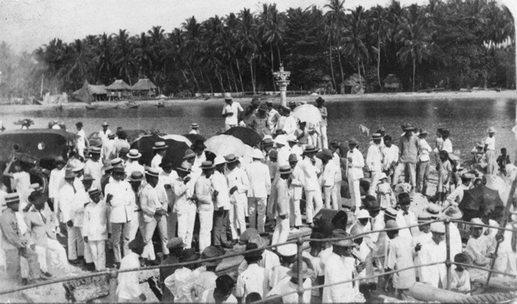
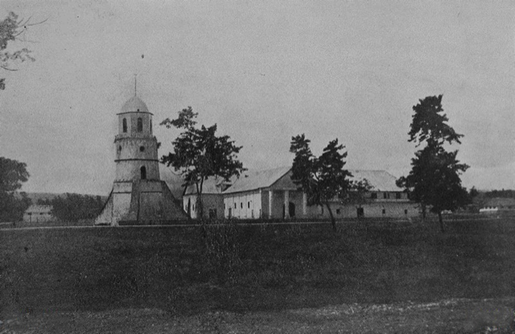
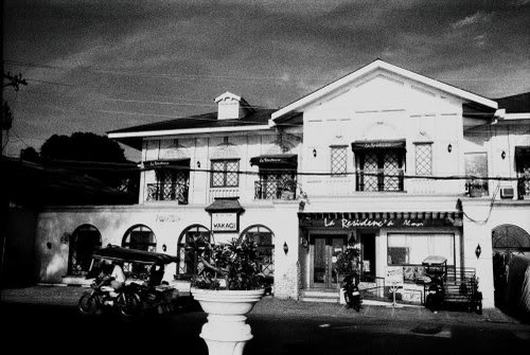
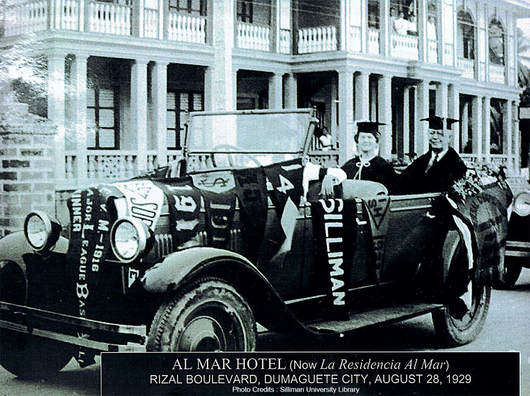
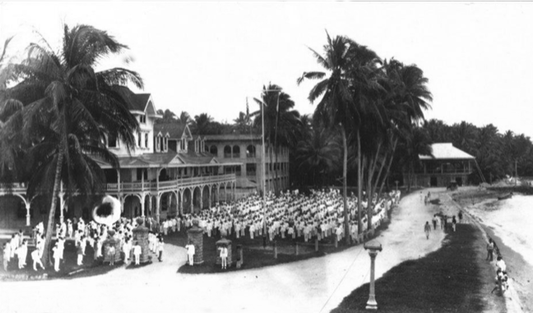
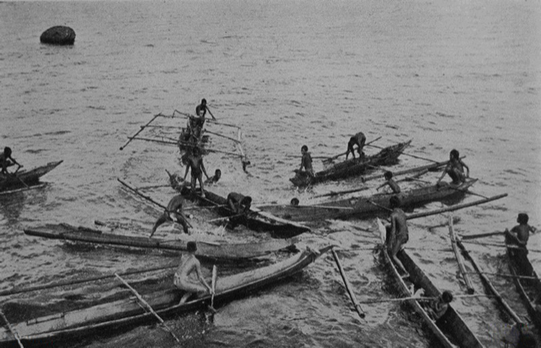
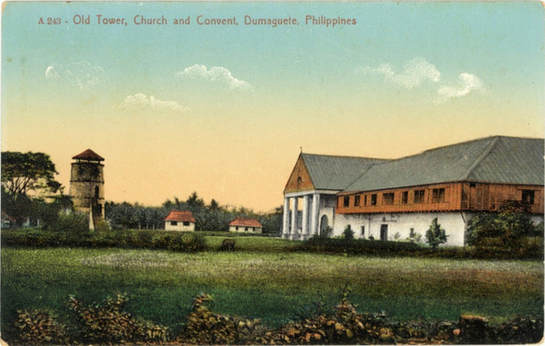

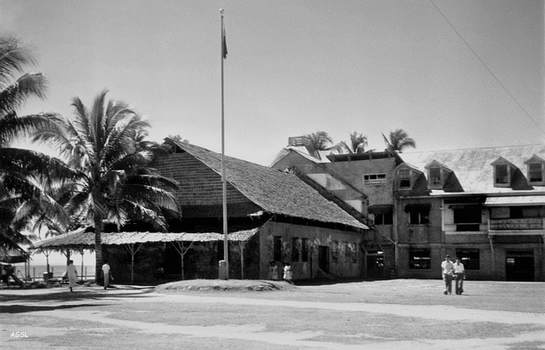
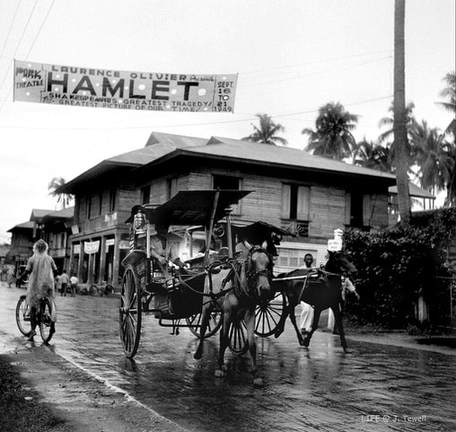
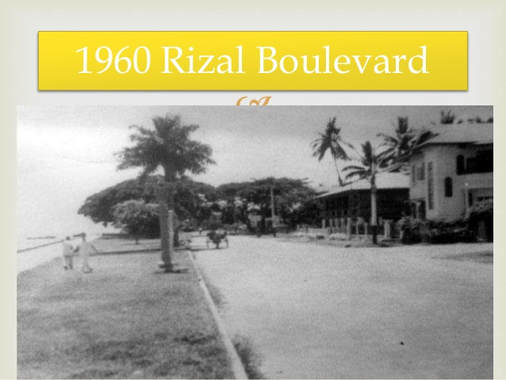

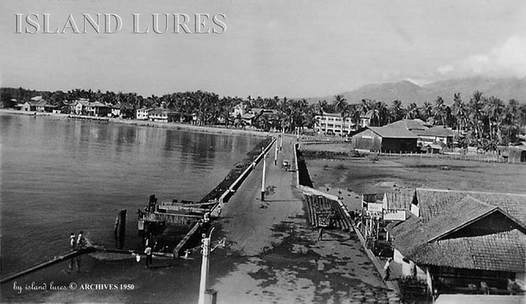
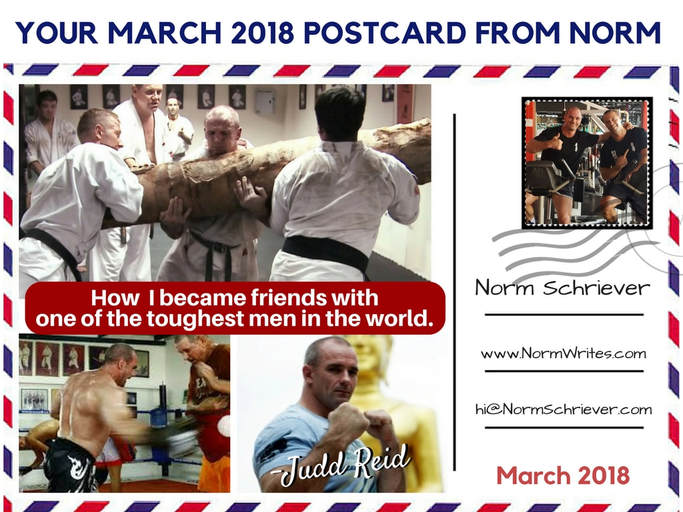
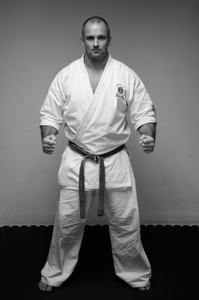
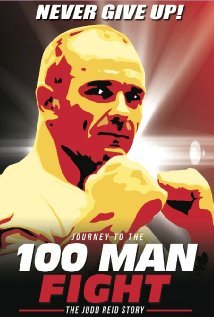
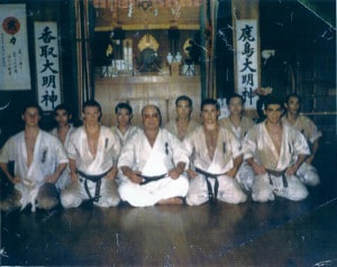
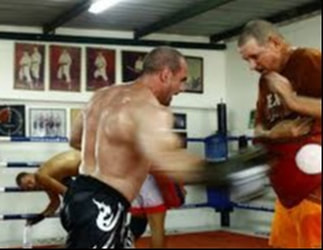
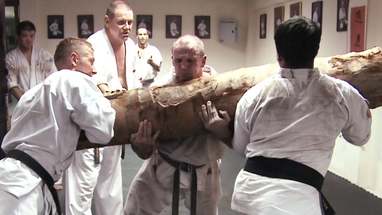
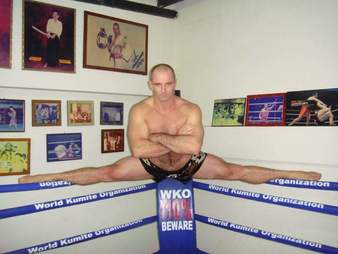
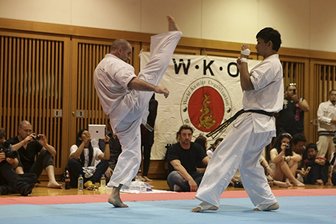
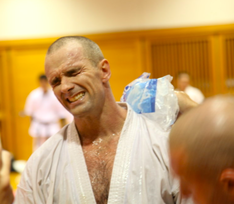
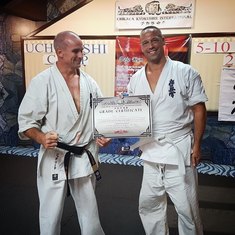
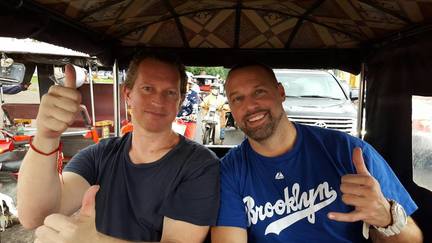
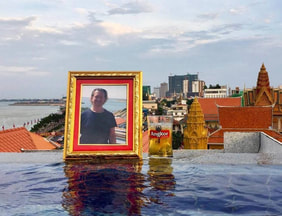
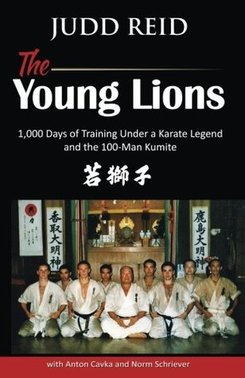
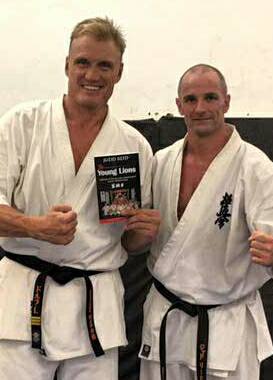
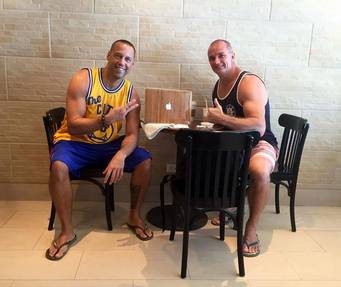
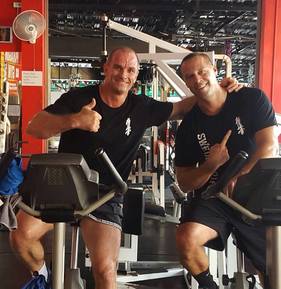
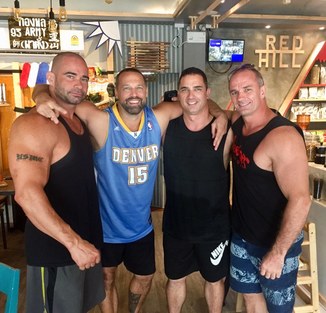
 RSS Feed
RSS Feed